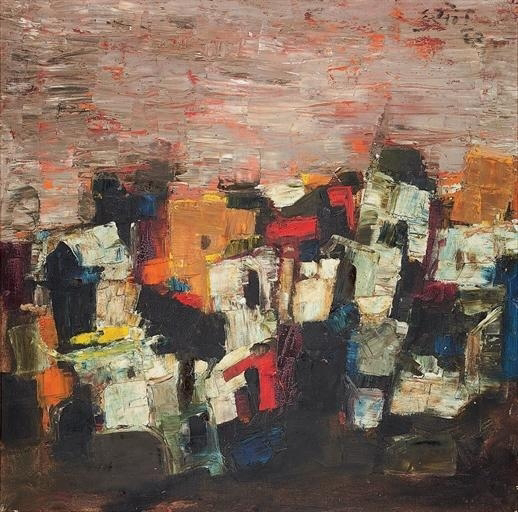Ancient Greek Art

Ancient Greek Art emerged around 8th century BCE under the Aegean civilization;a bronze age civilisation of Greek around the Aegean sea,which covered the Crete,the Cyclades and the Greek mainland.Early forms of Greek art were largely confined to ceramic pottery since the region suffered famines and forced emigrations,leading to many Greeks leave the mainland area to colonise Italy and Asia minor. Around 650 BCE,when trade links where finally re-established between the Greeks and the Egyptians and Anatolians,that the Greek culture saw a sudden rise. To understand Greek art more,we need to understand that ancient art among the Greeks evolved in three basic periods: Archaic Period (c.650-480 BCE): Under the Archaic Period,art became less stylized and had a shift towards more naturalistic impression.The period saw experimentation in it's art and culture.The walls of temples and many buildings were covered by fresco paintings with their marble or wooden structure coloured wi...





